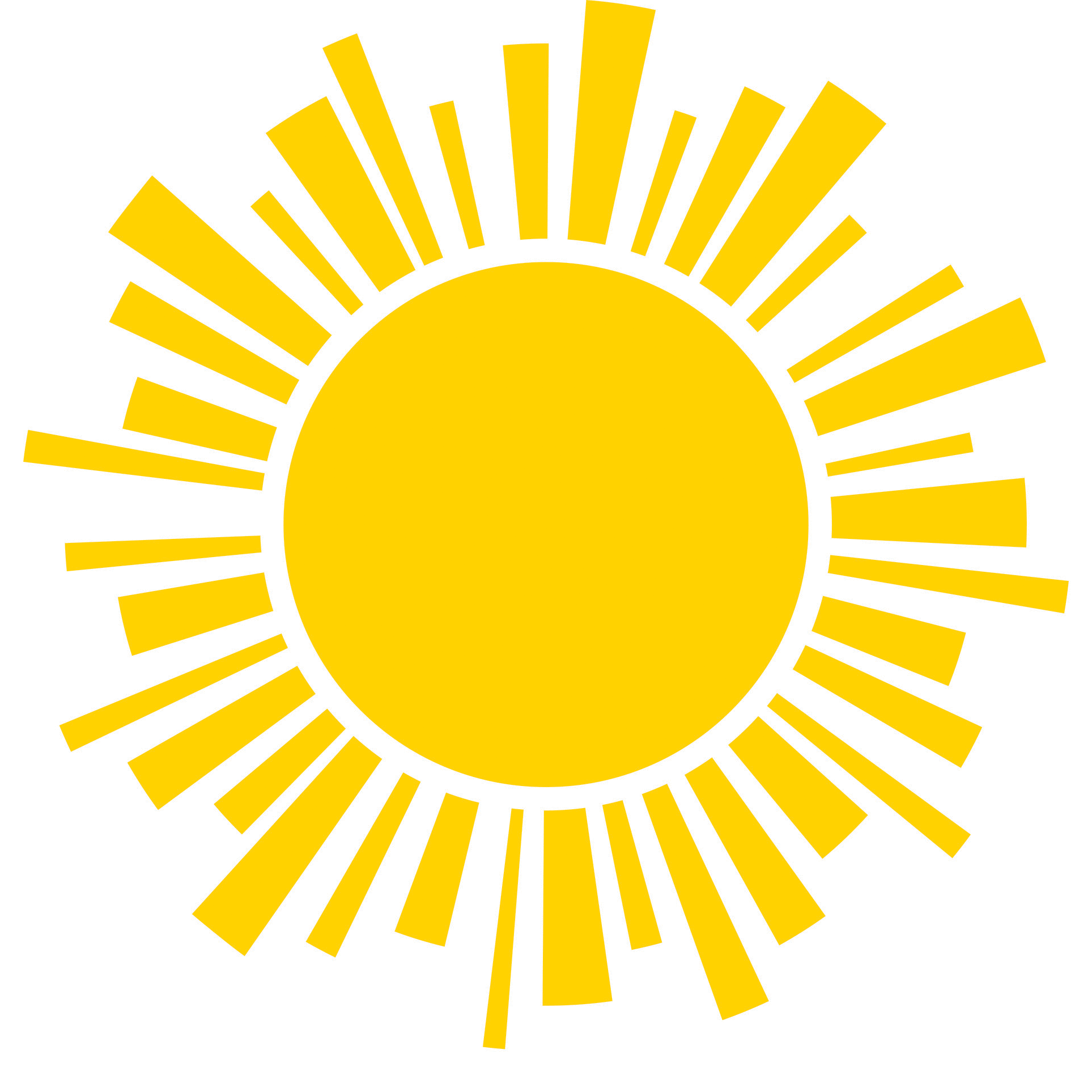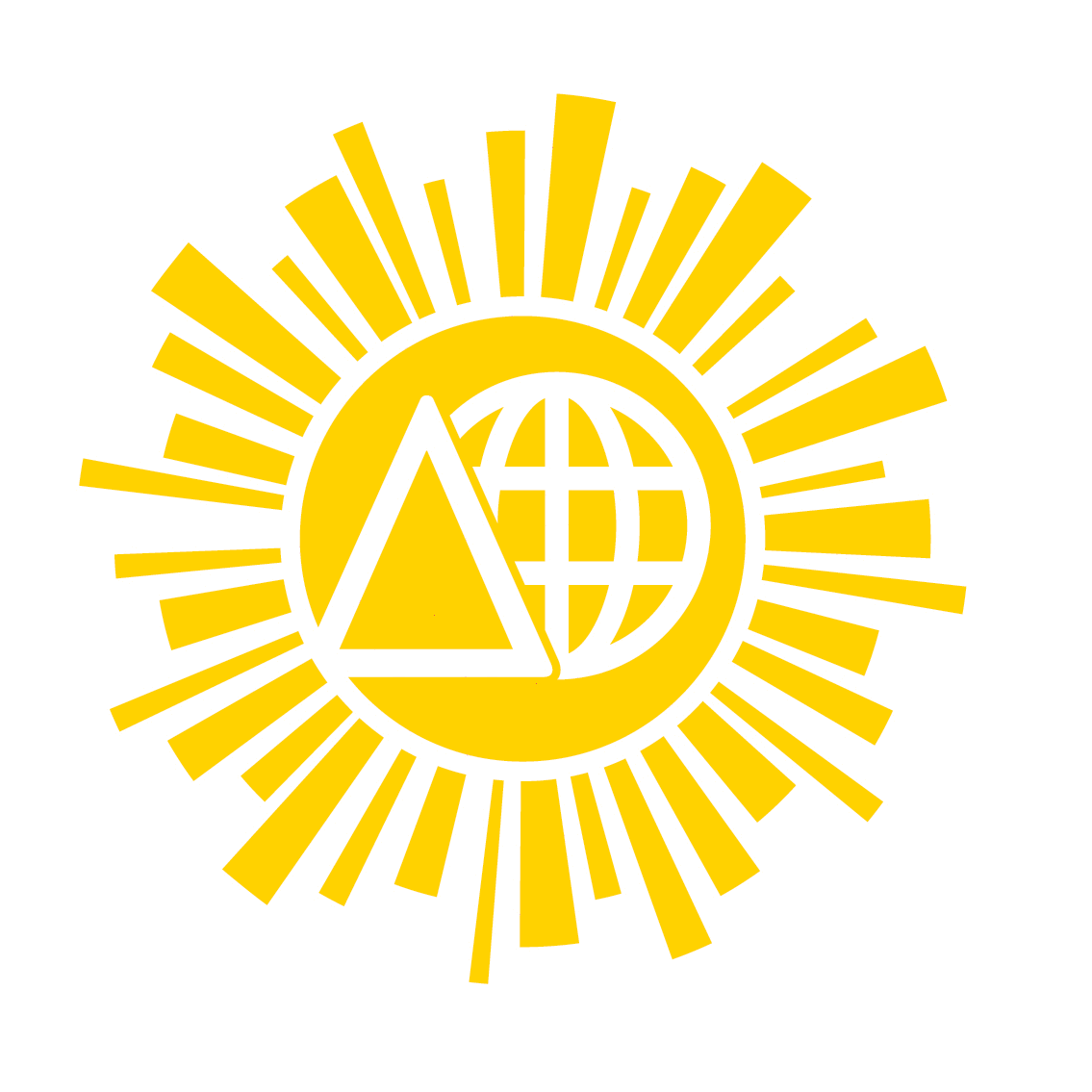Excursion Report 2:
Washington DC, MD- All day:
The excursion I went on was to the Air and Space Museum in Washington DC on February 24th. There were many science fields and aspects of aerospace science and technology presented. One example is planetary exploration. The Mars exploration rovers the Spirit and the Opportunity landed on Mars in 2004. Their mission was to examine the rocks and soil on Mars. Some specific discoveries and inventions are the discovery of Uranus's rings and the invention of the narrow angle camera. The camera is attached to a telescope and was developed to take pictures of planets. Also, the Kepler space telescope discovered planets orbiting stars. The gallery conveys information in many ways. There were diagrams of the narrow angle camera and pieces of the imaging devices on display next to infographics. There were also infographics of all the planets with pictures. The education level was fifth grade and up. The texts weren't too difficult to read, but they also weren't over simplified. The exhibits had a lot of interactive components. This includes things to lift and touch, tvs showing movies, and interactive computer games. The interactive components were definitely effective in relaying information. After a while, it can get tiring to read all of the information in the museum. When this happens, it can be extremely helpful and engaging to watch an educational movie about the topic
Another exhibit I looked at was Destination Moon. What was presented was technology that took us to the moon, such as the Apollo 15, 16, and 17. Also, what rocks are on the moon. Moon composition, lunar rover construction and functions, and the composition of the shuttle engine for the f-1 Apollo 11 were portrayed. The gallery conveyed information through samples of basalt, anorthosite, and breccia to show the rocks on the moon. These samples were very engaging and intriguing to look at. There was also a large display of the engine to show its many parts and how it works. There was also The Lunokhod Toy lunar rover on display. For its interactive components, the exhibit had a screen that you could use to build the Saturn V Rocket. Yes, the interactive components were very good at displaying information. I had a lot of fun building the rocket's engine with my team members.
The last exhibit I visited was the One World Connected exhibit. This exhibit showcased aviation, aircrafts, and satellites. It focused on global communication through technology. An invention was communication satellites. These satellites could see earth and send signals to and from distant planets and allied for telephones, TVs and radios. The satellites also discovered the increase in CO2 levels due to the satellites. The gallery had a display of a satellite transmitter to help convey information. It also had infographics, lift up diagrams, and a screen that showed the increase in CO2 levels. The level of reading was aimed for middle schoolers and up. Many of the texts were in longer paragraphs but the vocabulary wasn't too difficult to understand. This exhibit's interactive components included knobs that turned to show radio channels and screens with various things you could click on and manipulate. I do think that the interactive components were very helpful. In conclusion, this excursion to the Air and Space Museum was a lot of fun and taught me a lot.


